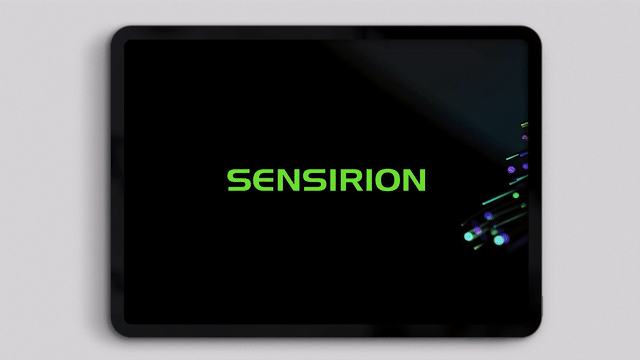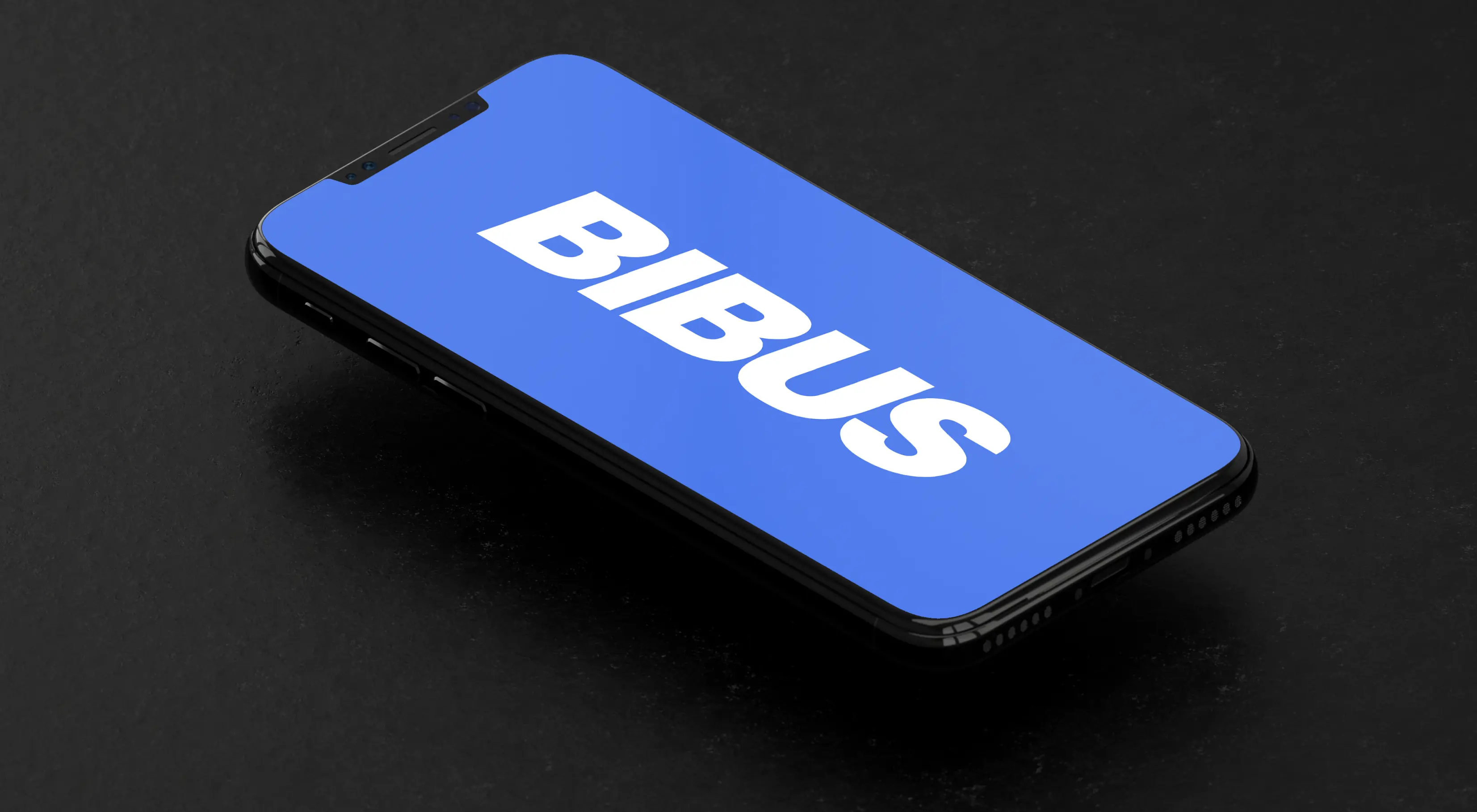Services / Development / CMS
The perfect instrument to cut a good figure
With a content management system (CMS), you plan, manage and publish web content. Our team specializes in designing websites tailored to your business goals, the interests of your users and, last but not least, the requirements of your editors.
In order to set up your online presence convincingly, not only in terms of UX and appearance, you need a content management system (CMS) that meets and supports the current and future requirements of your organization. The CMS is central as it enables the smooth creation, editing and management of web content. Used correctly, it promotes the collaborative creation of content, offers the opportunity to structure it and publish it in sync with your team's workflow.
A CMS ensures a consistent presentation of your content, improves the scalability of your website, supports search engine optimization and simplifies the management of user rights. In short, an effective CMS is fundamental to developing and maintaining a successful, efficient and professional web presence.
Which CMS is the right one?
Crafft uses different CMS solutions depending on the requirements and technical solution approach. However, we have had good experiences with the Wagtail CMS. It is user-friendly, performs well, can be used very flexibly, offers many search engine optimization (SEO) functions, provides a high level of security as an open source platform and is easy to expand.
Do you need a new CMS?
Before you decide to consider a new CMS, it is important to analyze the status quo:
- How satisfied are the current content editors with the current CMS?
- How well are the internal workflows covered and supported by the CMS?
- Does the CMS have the necessary content types and templates to represent your company's image?
- Is your CMS being further developed and how time-consuming are releases?
Why Wagtail?
Wagtail enables a wide range of web projects - from simple websites to complex applications such as integrated e-commerce solutions or headless projects. Editors can easily design, add and maintain content via the backend. The platform is dynamic and is constantly enriched by an active community with new modules that expand the functionality of Wagtail. In this way, Wagtail enables the realization of almost any web project. About the terms:
- E-commerce: For integrated sales platforms, we rely on the combination of Wagtail and the matching Saleor, which is based on the same technical framework and, among other things, maps all product details and handles the entire check-out process. The strength of Saleor is its API interfaces, which enable software-agnostic use.
- Headless: In contrast to a traditional CMS, a headless CMS separates the management of the content in the background from its display. For example, you can develop a new brand design in the front end without having to make changes to the back end. This allows content to be delivered to any device or platform from a single source. This simplifies content management and ensures consistency.
- Backend: The backend is the invisible part of a software that enables data processing, business logic and server communication to provide the functionality of an application.
What is the difference to your existing CMS?
We are happy to take a look at your website and its CMS to find out what is the best solution for your company. In doing so, we try to be as unbiased as possible. It is not our intention to necessarily implement Wagtail as a solution - but a check is definitely worthwhile.

"As a developer, I specialize in Python/Django, which also includes the Wagtail CMS."
How we
do it
We use market-leading technologies to build architectures and platforms that scale with your growth.
services
-
User Experience
Beneficial for users and more impact for your business goals by doing one thing above all: simplifying things.
-
Development
Whether website, integrated e-commerce solution or content hub: the core of our business is always development.
-
Brand Design
We create brands for the new digital era and combine creativity and storytelling with the latest technologies.


